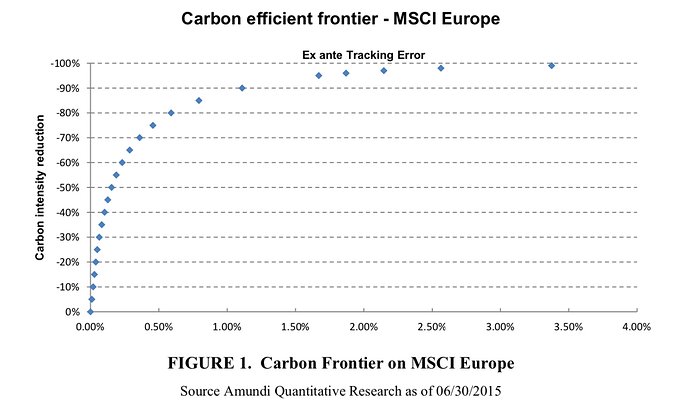Solarpunk and Permaculture
an intro to solarpunk and some notes on permaculture
Attending
- @Emile
- André Staltz @andrestaltz
- Daniel
- cblgh/alex
- Isak
Notes
- earliest found piece of solarpunk literature by zenna is 1993
- solarpunk is focused on more sustainable visions of society
- walkaway by cory doctorow is one of the most inspiring
- closely related to afropunk in terms of sci-fi genres
- the Swedish sci-fi bokhandeln h
- Sunvault: Stories of Solarpunk and Eco-Speculation
- What part of th sci-fi is practical?
- Walkaway example: for to contribute?
- example system matches you up to job.
- Hackerspace is an example * automating management
- Still rely on social trust, utopian view
- Create exploration of ideas. Example of city with gardens, no cars, panels, etc…
- Not only just science fiction. Aligned with permaculture
- selfmanufacturing, not using longer supply chains
- The idea from walkaway that the magic machine can create what you need.
- Example of salvage depot, example in Malmö.
- Junk yard, available parts for repair
- spare parts for computers. Against disposible.
- Finding new purposes.
- Fablabs example in book.
- Montreal Storefront; with ability to make items. (eg https://www.futurenrgies.com)
- small side rant on mastodon, a federated social microblogging service.
Permaculture
Book discussion: Building a better world in your backyard (instead of being angry at bad guys)
a fact book, not a fiction book
- personal responsibility; anecdote from the book about two people. Greta working 40hr weeks. Contrasted with another person (Gert) that lives locally in a community, greywater recycling, living like a millionaire. Contrast the idea of working 40hr weeks to live a carefree life with your friends, with actually doing that by starting a local context together with your friends.
- most of the solutions are cold-climate solutions (e.g. usable in scandinavia) which are a woefully under-exposed living condition. contrast that with relative the easiness of living off-grid in hawaii with the high temperatures year round.
- only heat up the area around where you are
- incadescent lighting is usable for heating your actively used environment, contrasted with LED which doesn’t produce waste. think of using incadescent as using both aspects of the lamp (light AND heat)
- heat the individual not the house
- example: at this person from the book has a desk, heats directly underneath him and saves the heat by using a drape around him and the heater
- black water: comes from you (poo, piss)
- grey water: what comes as a byproduct of your use, like showering or doing the dishes. in the book they make use of the greywater in growing their own food
- whole section of the book on finances in this context
- have recurring revenue / passive income
- staltz: in order to build something, you have to have some kind of surplus
- staltz: interested in and preparing for hydroponics. with an aim at getting the skills for it, and to replace a portion of his family’s consumed food with his own grown food
- malmö hydroponic’s lab; ask daniel
- back to the book:
- refers jacob fisker’s ideas of FIRE fame: financial independence, retire early
- BEER plan: variation of FIRE
- what worked well with investing according to FIRE: not caring about risk, disassociating yourself from what the media sells
- permaculture really deals with planning well in the beginning
- deciding what makes sense for the area and for its climate / local context
- microclimate: your immediate local context; you live by the sea, which cools your house. context can differ with as little as 10km away.
- look at what worked traditionally in your local context; what were the people who lived there before eating and doing to cultivate the land. your ancestors or the original peoples of the land
- how to dial down the drama:
- take away from the eco scale:
- uses extreme early retirement example, your only able to handle two levels of magnitude around you. buy within your current income range
- similarly: you can plan permaculture in the same way. there is conflict in the contact between the person who knows more and the person who knows a little. there needs to be a bit of conscious sympathy invested when people who are many magnitude of difference in ability. be conscious of the strain in these interactions
- the book really strives to make the point that you shouldn’t have to live ascetically; you can live really well, luxirously
- random book recommendation: bullshit jobs
invested capital / rate of return = total value over time i.e. how to sum annuity
e.g. 100 dollars / 0.05 = 2000 dollars
